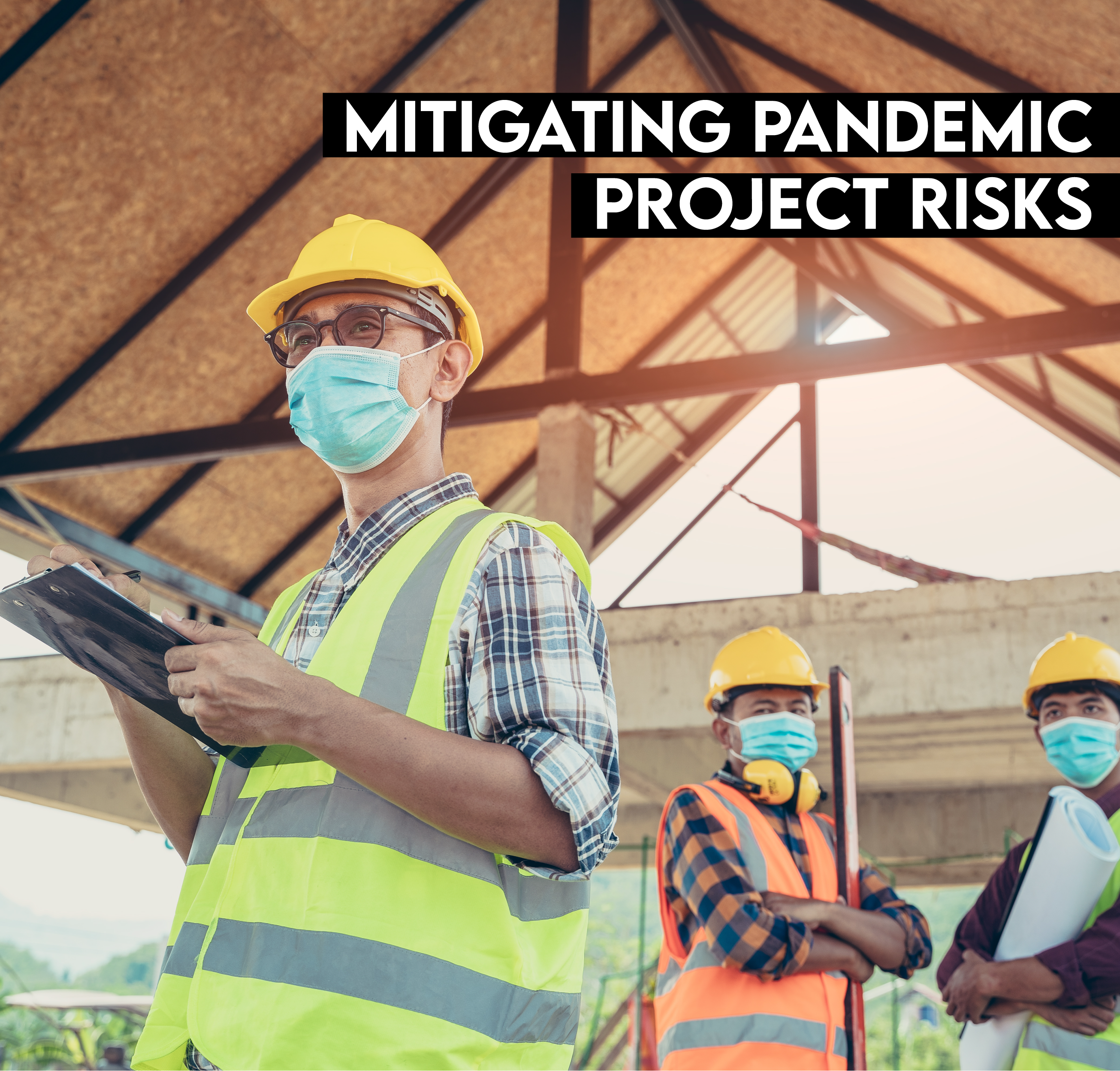
Design and construction project impacts from the COVID-19 pandemic are far-reaching and continuing to evolve. While construction is considered an essential business in Texas, many projects can expect delays, halts, and even postponements. Nevertheless, project continuity should be a top priority. From the perspective of a Project Management Consultant, here are three major areas a Building Owner should focus on during coronavirus to try and mitigate as much damage to their project as possible.
Safety First
Potential exposure to COVID-19 remains a significant threat, especially to essential business workers. First and foremost, Building Owners must ensure compliance with mandates and recommendations of local, state, and federal authorities. Project staff who can work remotely should develop communication plans and continue meetings and submitting deliverables remotely. For any on-site work, additional steps such as social distancing, use of personal protective equipment (PPE), and reporting of any health issues related to COVID-19 are crucial to keep team members healthy. Additional best practices for on-site activity include obliging workers who are symptomatic or who have been in contact with someone sick to stay home, vigilant cleaning of common offices and lunch areas, and taking of temperatures.
Schedule Damage Control
In Texas, construction has been deemed an essential business, that certainly doesn’t mean that projects aren’t experiencing significant interruptions. COVID-19 is causing global supply-chain disruption, cash- flow concerns, and funding/financing restrictions. As a result, critical work activities may need to be extended or rescheduled, and contractors may need to adjust their methods for performing work to comply with governmental instructions and mandates.
Building owners’ first step should be to act quickly to identify, assess, and mitigate completion risks on their large capital construction projects and programs. This may require hiring a project manager to conduct detailed schedule reviews for ongoing projects, especially those in early to middle stages of completion. The project manager should follow up with contractors to ensure they have established adequate mitigation measures and if not, instruct them of any additional steps that must be taken.
Managing Financial Impact
COVID-19 also presents significant financial risks to the building owner, such as commodity price swings, labor-cost escalation, extended performance costs, and higher interest payments. If contractors must source from suppliers charging higher costs due to COVID-19 interruptions, the building owner may end up being charged. Labor costs might also be higher as contractors could have a limited pool of workers due to travel restrictions. If project completion dates are extended, owners are also exposed to higher costs for internal project management staff and consultants. Such delays are also likely to result in increased financing costs, management fees, and developer costs.
In this situation, proactive communication is a much better idea than reactive communication. Building owners should prepare for commercial risk on projects by engaging with a project manager, contractors, and stakeholders in early discussions on the potential impacts of COVID-19 containment measures. Project management can assign personnel and develop processes to document all impacts for which contractors and stakeholders may later seek reimbursement. Owners and project management should also review periodic progress reports and ask contractors about all cost and schedule impacts reportedly related to COVID-19 issues.
Contact Rice & Gardner today to find out how one of our qualified Program or Project Managers can make your next project a success!
